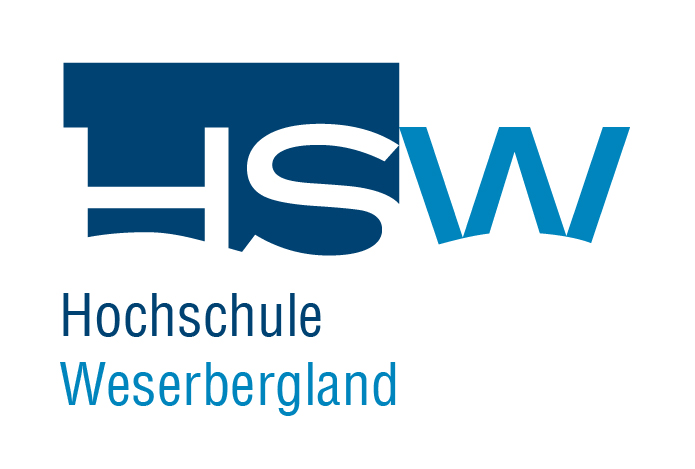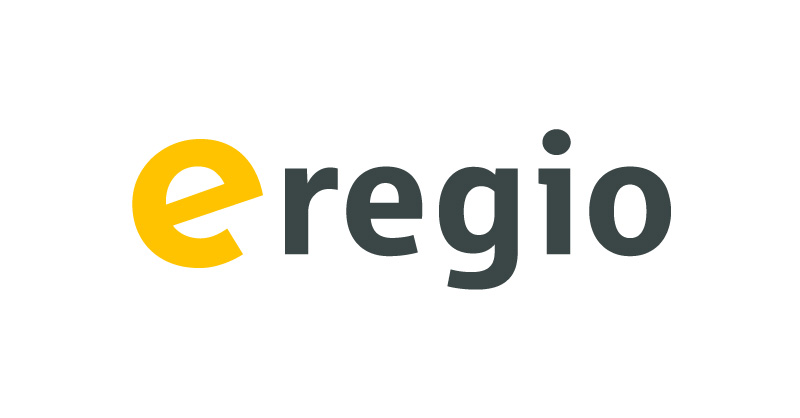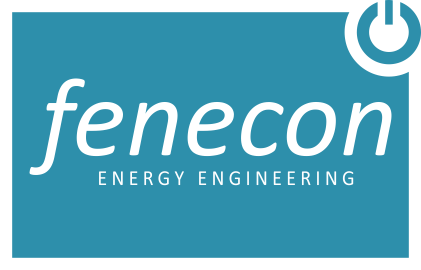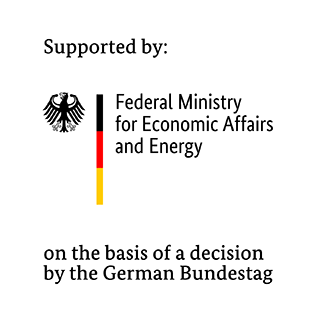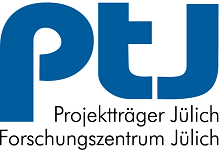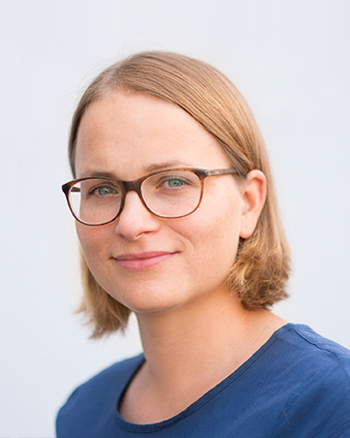
27.-28.01. | Hybrid Conference: Grid Integration + Electrified Mobility 2021
27. January 2021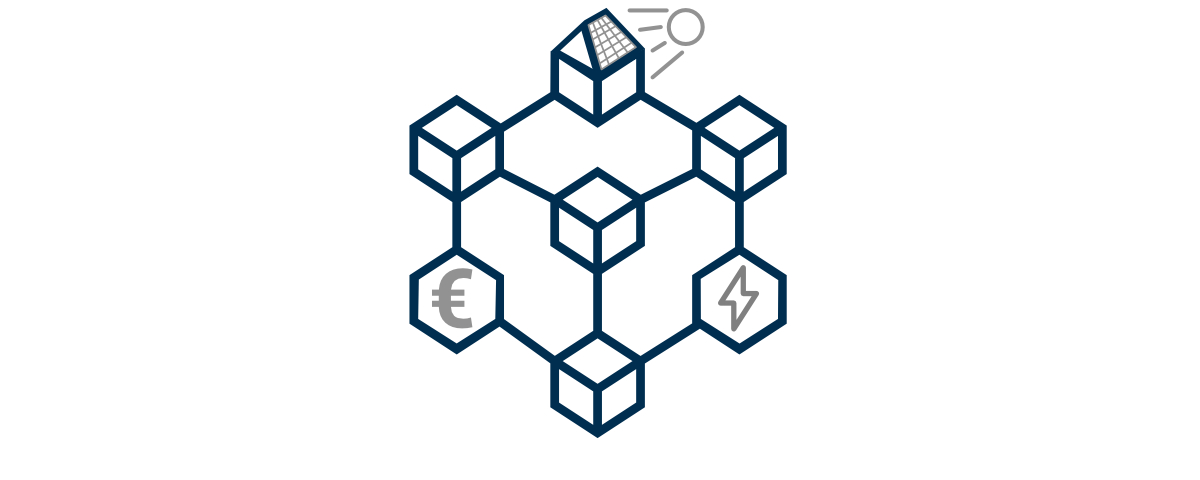
Blockchain for a smart energy market: Three-year research project starts
29. January 2021Blockchain for a smart energy market: BEST

In the research project "BEST - Blockchain-based decentralized energy market design and management structures", an electricity market bidding system (EMBS) is developed based on blockchain technology and as an open-source software.
Blockchain? What is it?
A blockchain is essentially a decentralized, public database that can be used for transactions of any kind. In the process, transactions are combined in blocks and provided with a unique signature. Each block also contains a reference to the previous block. This creates an unchanging chronologically ordered chain of information blocks. Before a block is appended to this chain, the parties involved must verify that the stored information is correct. This creates a decentralized control system that does not require authorities such as banks or brokers. The BEST project is researching how blockchain technology can best be used to trade electricity in the context of the energy transition.
Why does electricity trading as it is today have to be changed for the energy transition?
The energy transition makes it necessary to enable bidirectional power flows. In the context of conventional power generation – for example, in large coal-fired power plants – electricity always flows in only one direction, namely from the central power plant to the electricity-consuming households and businesses. As a result of the energy transition, households and businesses are increasingly generating electricity themselves from photovoltaics on their roofs and feeding it into the grid: The electricity flows in several directions.
Technically, this is not a problem in itself, but it is important that the grid frequency in the energy system always remains stable. This means that the same amount of electricity must always be fed into the grid as it is consumed. This is currently achieved via wholesale electricity markets, where power utilities buy and sell electricity for every quarter of an hour of a day based on forecasts that are as accurate as possible. Transmission system operators compensate for forecast inaccuracies with operating reserve – this means that power plants are ramped up or down at short notice, pumped storage power plants are switched on, or large consumers are disconnected from the grid.
As a result of the ongoing energy transition, power generation is becoming increasingly decentralized and volatile – power generation fluctuates strongly locally. For this reason, energy should in future be consumed as directly as possible and above all, when it is available. To achieve this, consumers need intelligent electricity meters, so-called smart meters, which measure and communicate electricity consumption at close intervals. Secondly, they need local electricity markets where surpluses and shortages can be balanced out among themselves. This would relieve the overall strain on the power grid. The BEST project is investigating how this can best work with the help of blockchain technology.
What is the idea behind blockchain-based electricity trading systems?
Electricity suppliers and consumers in a region should be able to exchange their electricity with each other directly (peer-to-peer trading). To do this, they need their own electricity trading system, in which everyone can participate. Trading should happen automatically and it should aim to keep the local power grid stable – in other words, to ensure that power generation and consumption remain in balance. Blockchain technology could make this secure, traceable, and decentrally controlled. Software would determine local electricity demand and supply, coordinate both, and store trades in the blockchain via smart contracts.
What are some of the questions that BEST is aiming to answer?
How does a blockchain-based electricity trading system benefit the energy transition?
What is the research process in the BEST project?
First, potential users of the EMBS are interviewed and the requirements for the system are collected. On this basis, a concept is created and implemented. This is followed by the prototype phase, in which the basic functions of the EMBS are tested and initial practical experience is gained. After that, the EMBS is connected and tested in a laboratory environment with real technical systems, consumers, and generators. At the end of the development, there will be a six-month practical deployment in the supply area of the electricity provider e-regio, where customers will test the system under real conditions. In parallel, a knowledge transfer with the energy industry and a legal review of the EMBS will take place.
For energy system research, the development of the EMBS should fulfill two conditions:
Project duration: January 2021 – June 2024
Blockchain? What is it?
A blockchain is essentially a decentralized, public database that can be used for transactions of any kind. In the process, transactions are combined in blocks and provided with a unique signature. Each block also contains a reference to the previous block. This creates an unchanging chronologically ordered chain of information blocks. Before a block is appended to this chain, the parties involved must verify that the stored information is correct. This creates a decentralized control system that does not require authorities such as banks or brokers. The BEST project is researching how blockchain technology can best be used to trade electricity in the context of the energy transition.
Why does electricity trading as it is today have to be changed for the energy transition?
The energy transition makes it necessary to enable bidirectional power flows. In the context of conventional power generation – for example, in large coal-fired power plants – electricity always flows in only one direction, namely from the central power plant to the electricity-consuming households and businesses. As a result of the energy transition, households and businesses are increasingly generating electricity themselves from photovoltaics on their roofs and feeding it into the grid: The electricity flows in several directions.
Technically, this is not a problem in itself, but it is important that the grid frequency in the energy system always remains stable. This means that the same amount of electricity must always be fed into the grid as it is consumed. This is currently achieved via wholesale electricity markets, where power utilities buy and sell electricity for every quarter of an hour of a day based on forecasts that are as accurate as possible. Transmission system operators compensate for forecast inaccuracies with operating reserve – this means that power plants are ramped up or down at short notice, pumped storage power plants are switched on, or large consumers are disconnected from the grid.
As a result of the ongoing energy transition, power generation is becoming increasingly decentralized and volatile – power generation fluctuates strongly locally. For this reason, energy should in future be consumed as directly as possible and above all, when it is available. To achieve this, consumers need intelligent electricity meters, so-called smart meters, which measure and communicate electricity consumption at close intervals. Secondly, they need local electricity markets where surpluses and shortages can be balanced out among themselves. This would relieve the overall strain on the power grid. The BEST project is investigating how this can best work with the help of blockchain technology.
What is the idea behind blockchain-based electricity trading systems?
Electricity suppliers and consumers in a region should be able to exchange their electricity with each other directly (peer-to-peer trading). To do this, they need their own electricity trading system, in which everyone can participate. Trading should happen automatically and it should aim to keep the local power grid stable – in other words, to ensure that power generation and consumption remain in balance. Blockchain technology could make this secure, traceable, and decentrally controlled. Software would determine local electricity demand and supply, coordinate both, and store trades in the blockchain via smart contracts.
What are some of the questions that BEST is aiming to answer?
- How specifically does a blockchain-based electricity trading system need to be designed to work?
- What auction mechanisms should be used?
- How must the local networks in which electricity is to be traded be defined?
- What legal energy framework would such an electricity trading system require? Does it comply with existing frameworks?
How does a blockchain-based electricity trading system benefit the energy transition?
- A deployable EMBS would make a significant contribution to the energy transition by enabling all system operators and electricity consumers to trade directly with other market participants. This would greatly relieve the entire energy system and it would be possible to integrate significantly more renewables into the power grid.
- A local electricity trading system open to all would also provide incentives for consumers not only to purchase their electricity locally from renewable energy, but also to actively integrate their loads into the trading system. This is particularly important when it is necessary to buffer phases with low power feed-in.
- The EMBS is a contribution to the digitization of the energy transition, which on the one hand means a sustainable electricity system and on the other hand makes the origin and exchange of electricity transparent and traceable. By publishing under an open-source license, the EMBS is traceable and reproducible at any time.
- The profits of electricity trading remain in the regions. This results in financial and moral incentives to invest in renewable energy generation and storage systems.
- The open electricity market offers older plants, for which there is no longer a guaranteed feed-in tariff under the EEG, the possibility to continue to operate economically.
What is the research process in the BEST project?
First, potential users of the EMBS are interviewed and the requirements for the system are collected. On this basis, a concept is created and implemented. This is followed by the prototype phase, in which the basic functions of the EMBS are tested and initial practical experience is gained. After that, the EMBS is connected and tested in a laboratory environment with real technical systems, consumers, and generators. At the end of the development, there will be a six-month practical deployment in the supply area of the electricity provider e-regio, where customers will test the system under real conditions. In parallel, a knowledge transfer with the energy industry and a legal review of the EMBS will take place.
For energy system research, the development of the EMBS should fulfill two conditions:
- Practicality: The goal is not only to theoretically plan the power trading system but also to successfully put it into use.
- Open source: The EMBS will be developed in compliance with open-source criteria and thus remain open, transparent, and traceable, making it reproducible for future research.
Project duration: January 2021 – June 2024
Further information on the BEST-project can be found on the project website .
In the BEST consortium, RLI will take on the following tasks:
- Consortium Lead:
- Coordination of partners, communication with project sponsor
- Collation of findings
- Research, evaluation, and identification of appropriate bidding systems
- Review the feasibility of the identified auction systems for a local energy market using blockchain technology and evaluate the security
- Game-theoretic simulations of usage behavior in the energy market
- Creation of a scenario catalog that provides a defined framework for the tests
- Evaluation: transparency, scalability, independence?
- Architecture design and implementation of the EMBS as concrete software components
- Integration of the open energy management system "openEMS" into the EMBS and adding the necessary interfaces
- Support in setting up a hardware-in-the-loop test environment in which the EMBS is connected and tested for the first time with real technical systems, consumers and generators
The BEST project is supported by an advisory board whose members are active in the fields of blockchain, energy management, grid operations, energy supply, and in associations. They meet every three months and share their perspective on the integration of blockchain technology into the energy industry with the research team.
.
.
The members of the BEST Advisory Board:
- Athina Savvidis | DKE Deutsche Kommission Elektrotechnik Elektronik Informationstechnik in DIN und VDE
- Bastian Vennemann | Encavis AG
- Carsten Schier | Stadtwerke Haltern am See
- Fabian Reetz | 100 prozent erneuerbar stiftung
- Jens Schmidt | Stadtwerke Gießen
- Jonas Wiggers | Verband kommunaler Unternehmen e.V.
- Kathrin Goldammer | Reiner Lemoine Institut
- Ludwig Asen | fenecon GmbH
- Robert Sprunk | Energy Web Foundation
- Robert Demmig | Stromnetz Berlin GmbH
- Ralf Növer | Power Plus Communications AG
- Thorsten Zörner | StromDAO GmbH








